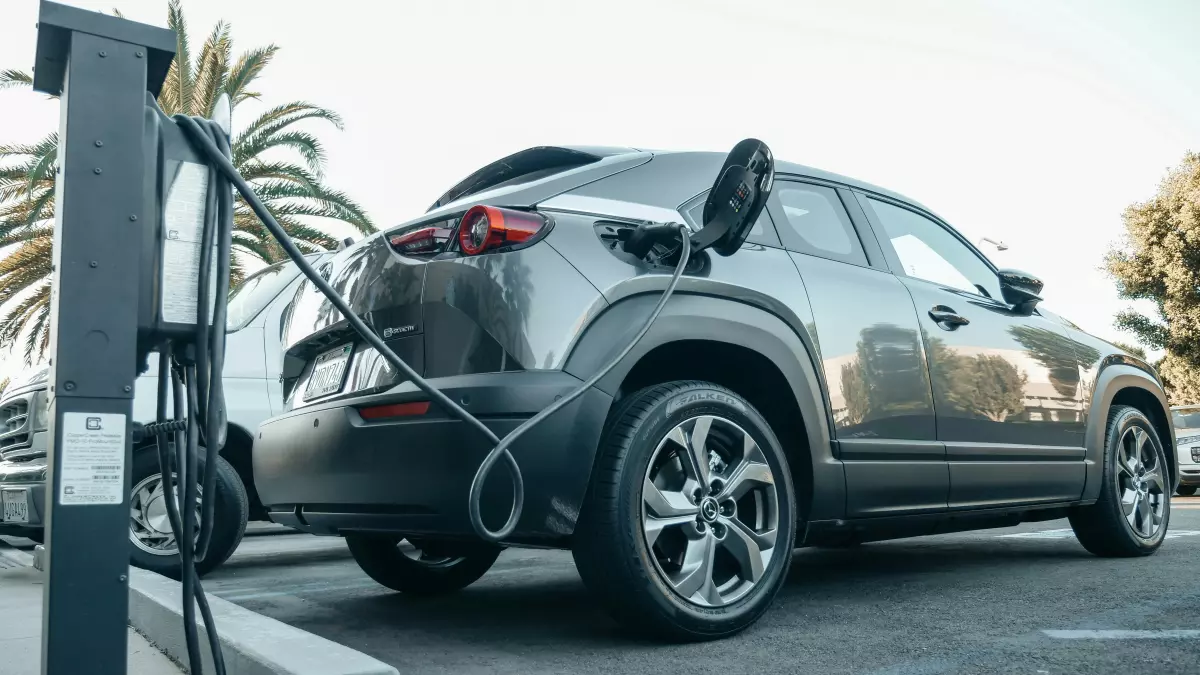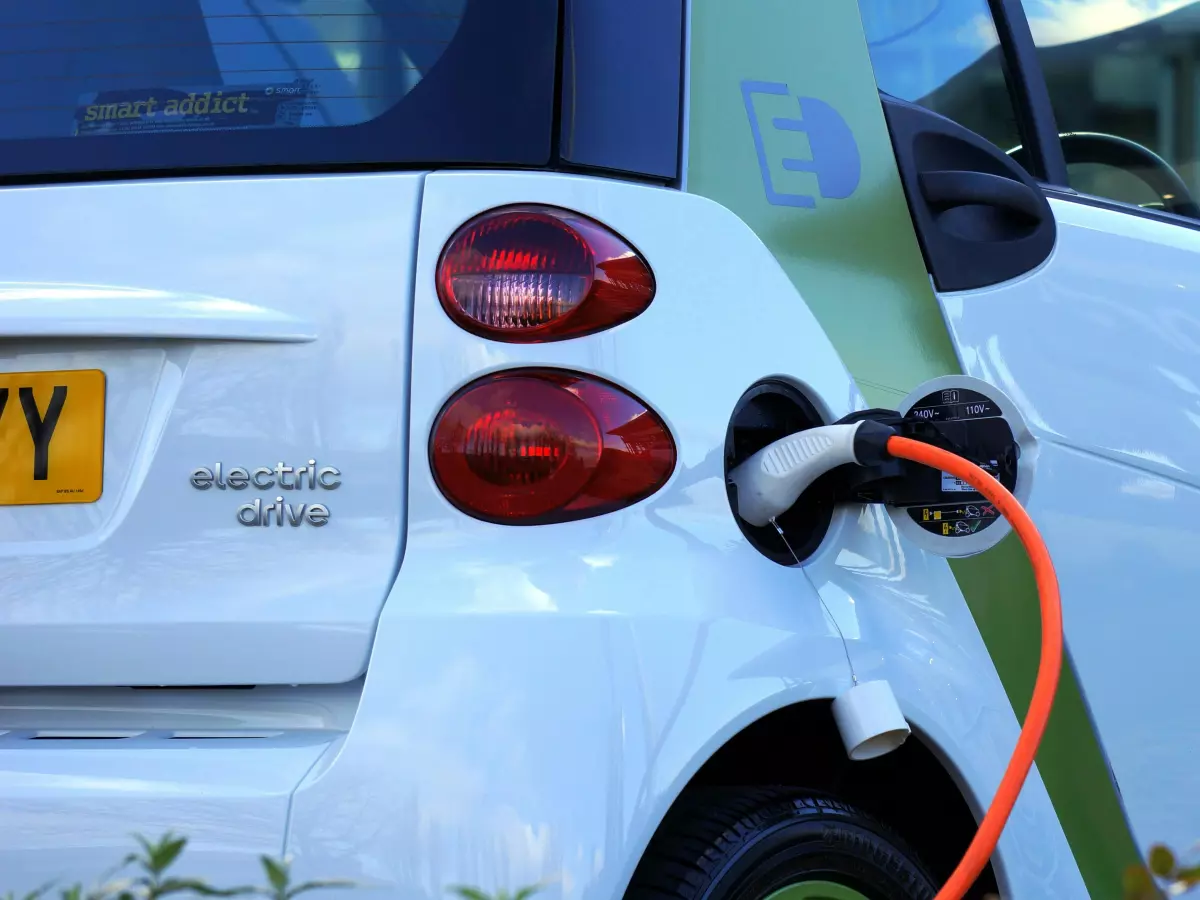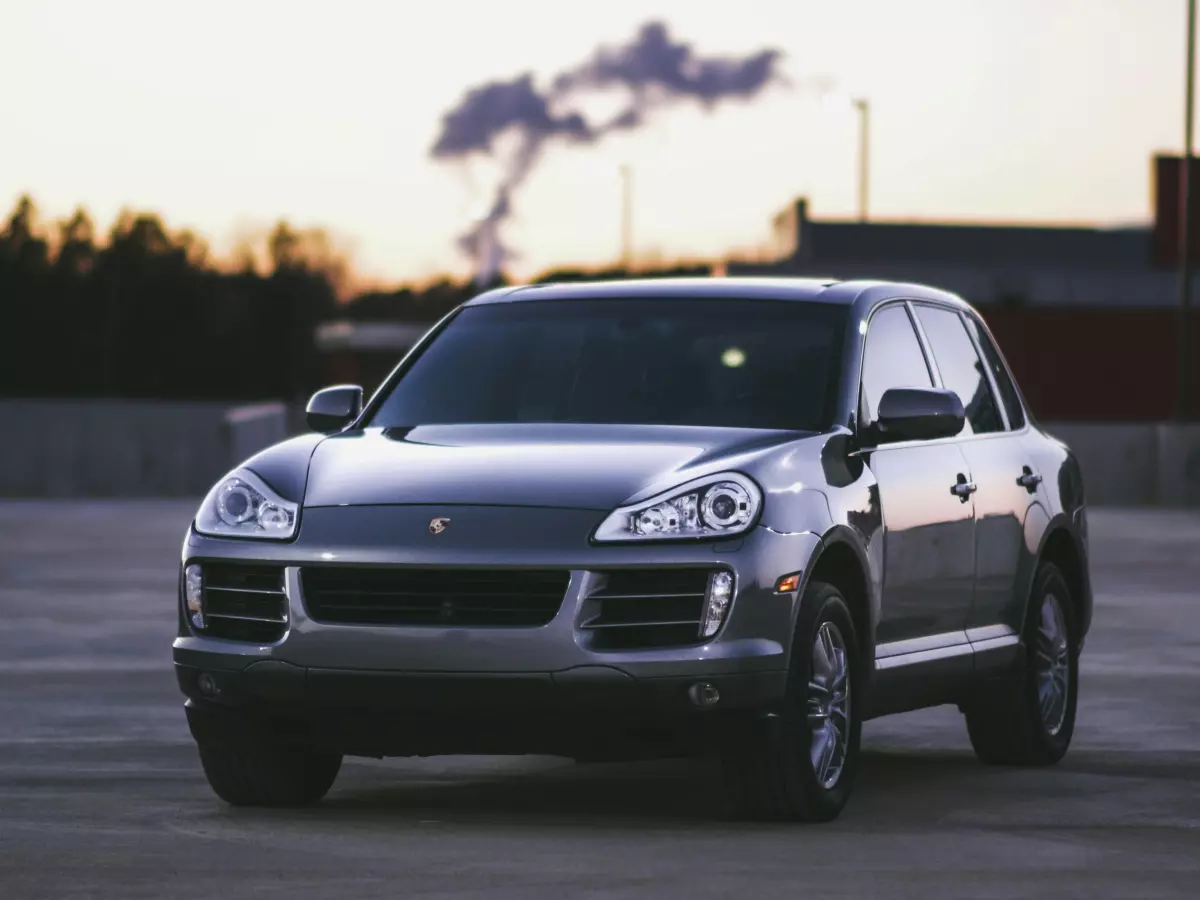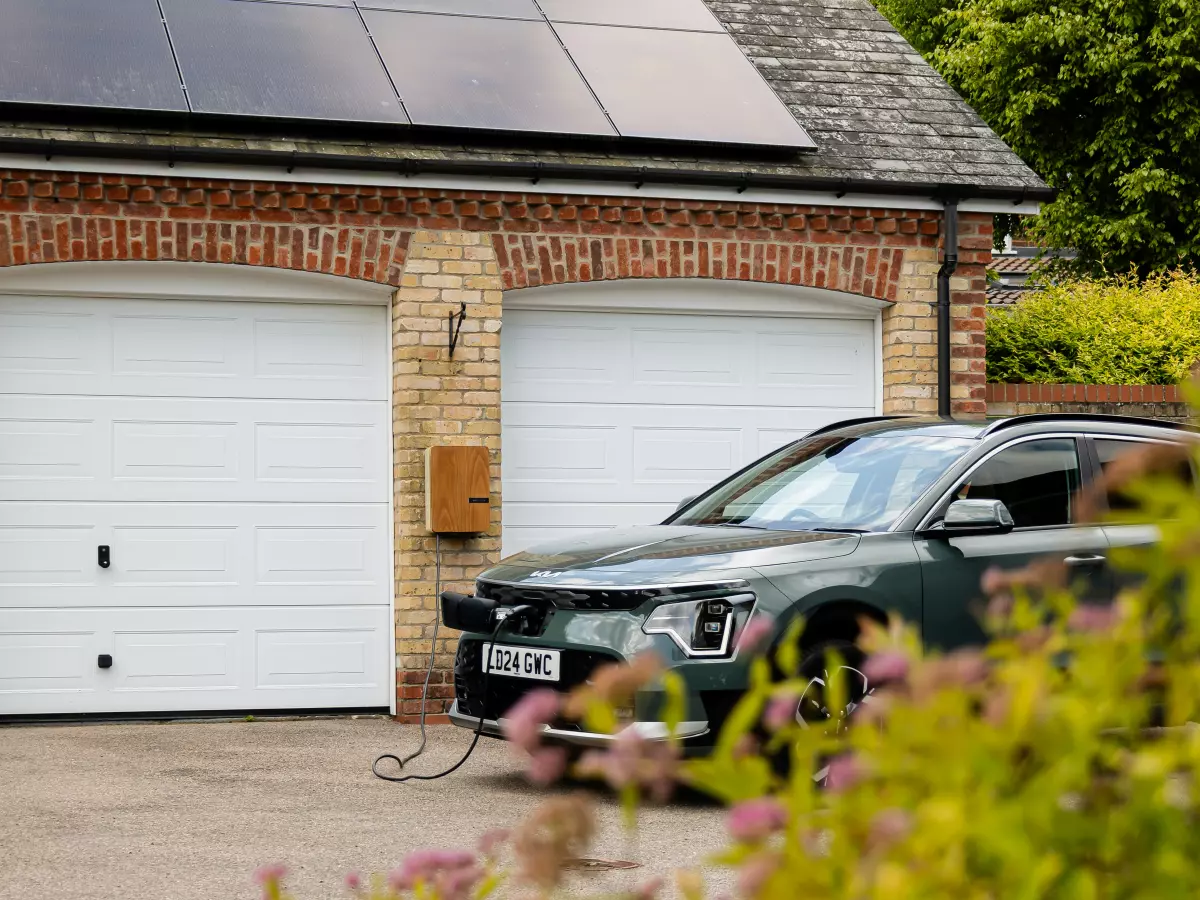Supercharger Surprise
Imagine a world where every electric vehicle (EV) can charge anywhere, anytime, without the hassle of proprietary plugs or adapters. Sounds like a utopia, right? Well, we’re not quite there yet, but Tesla just took a step in that direction by opening up its Supercharger network to GM EVs. But before you start dreaming of endless road trips, there’s a catch—an adapter that costs $225. Yep, you read that right.

By Wei-Li Cheng
Fast forward to a future where you’re cruising down the highway in your shiny new Chevy Bolt, and you realize you’re running low on juice. Panic sets in until you spot a Tesla Supercharger station. You pull in, plug in your adapter, and voilà—problem solved. But wait, is this really the future we’re heading towards, or is it just a temporary fix for a much bigger issue?
Right now, Tesla’s decision to open up its Superchargers to GM EVs seems like a win-win. GM drivers get access to one of the most reliable and widespread charging networks, and Tesla gets to flex its muscles as the dominant player in EV infrastructure. But let’s not get ahead of ourselves. This isn’t the seamless, universal charging experience we’ve all been dreaming of. That $225 adapter is a reminder that we’re still living in a world where EVs are divided by proprietary tech.
According to Arstechnica, GM EV owners like Chevy Bolt drivers are already raving about how well Tesla’s Superchargers work. But here’s the thing—just because it works now doesn’t mean it’ll stay that way. Tesla’s Superchargers are designed for Tesla vehicles, and while the adapter bridges that gap, it’s not a perfect solution. Charging speeds, compatibility issues, and the sheer inconvenience of needing an adapter could become bigger problems down the road.
Let’s talk about charging speeds for a second. The Chevy Bolt, for example, is notorious for its slow charging times compared to other EVs. While Tesla’s Superchargers are fast, they’re optimized for Tesla batteries, not GM’s. So, while you might be able to charge your Bolt at a Supercharger, don’t expect it to be as quick as charging a Tesla. It’s like trying to fill up a sports car with a garden hose—it’ll work, but it’s not exactly efficient.
And then there’s the question of how long this arrangement will last. Tesla has a history of making bold moves, but it also has a history of changing its mind. Remember when Tesla promised to make all its patents open-source? Yeah, that didn’t exactly pan out as expected. So, while GM drivers might be celebrating now, it’s worth asking: how long will Tesla keep the door open?
But let’s zoom out for a second. The real issue here isn’t just about adapters or charging speeds—it’s about the fragmented state of EV infrastructure. Right now, we’ve got Tesla’s Superchargers, Electrify America, ChargePoint, and a bunch of other networks, all with their own plugs, payment systems, and quirks. It’s like the early days of smartphones when every brand had its own charger. Remember how annoying that was? Eventually, the industry standardized around USB-C (well, mostly), and we need something similar for EVs.
So, what’s the solution? Ideally, we’d have a universal charging standard that works for all EVs, regardless of the brand. But getting there is going to take time, cooperation, and probably a lot of lobbying. In the meantime, Tesla’s move to open up its Superchargers to GM EVs is a step in the right direction, but it’s not the endgame. It’s more like a band-aid on a much bigger wound.
In many ways, this situation mirrors the early days of the automobile industry. Back in the early 1900s, gas stations were few and far between, and different car manufacturers used different types of fuel. It wasn’t until the industry standardized around gasoline that cars became truly accessible to the masses. We’re in a similar place with EVs right now—there’s a lot of potential, but we’re still figuring out the infrastructure.
So, while it’s great that GM EVs can now tap into Tesla’s Superchargers, let’s not lose sight of the bigger picture. The future of EVs isn’t just about more charging stations—it’s about making those stations work for everyone, no adapters required.





